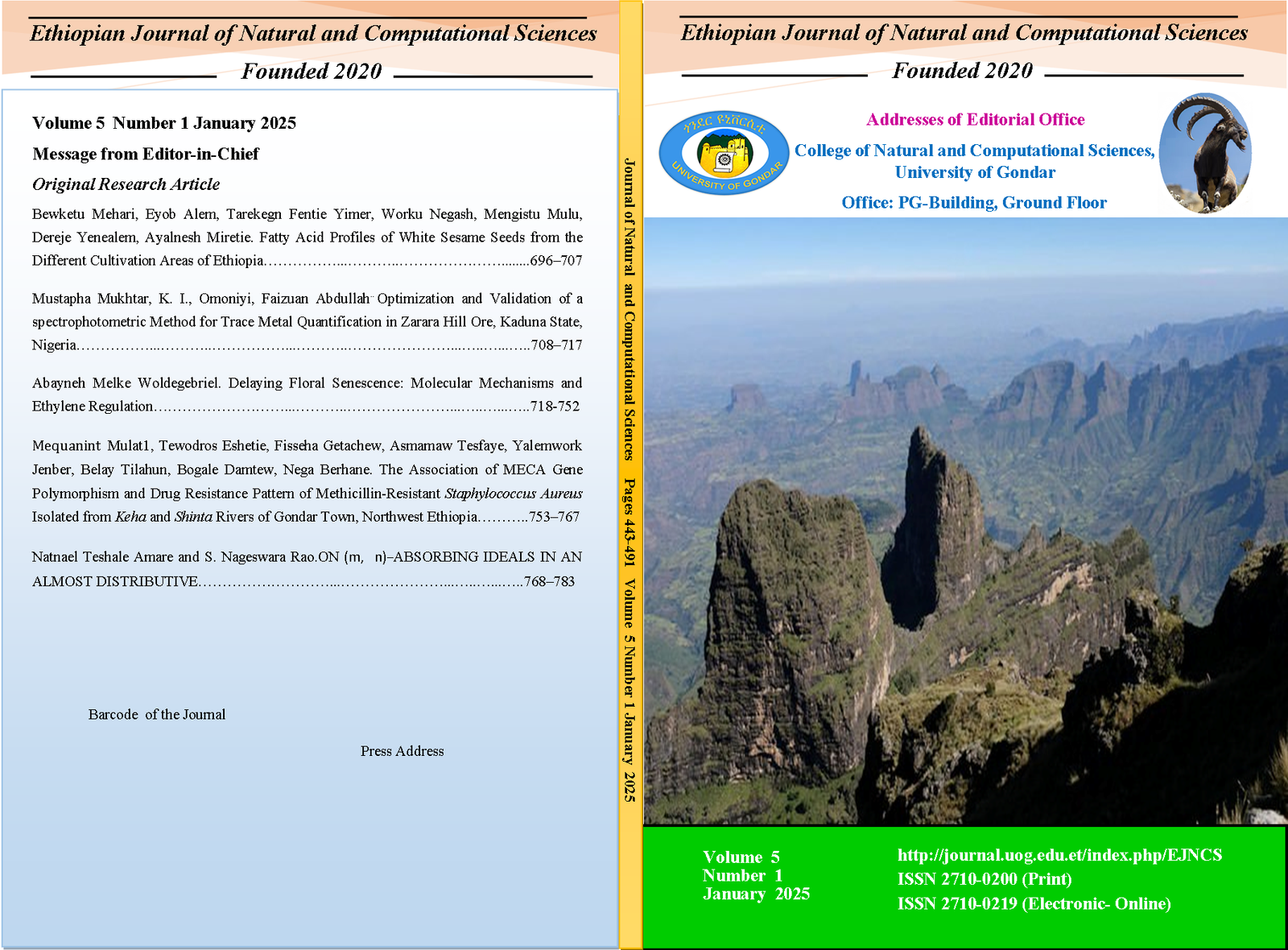Mathematical Modeling of Typhoid Dynamics with Age Structure, Vaccination, and Treatment through Homotopy Perturbation Method
Keywords:
Typhoid outbreaks, Age-structure, Basic reproduction number. Homotopy perturbation method, Sensitivity analysisAbstract
This research presents a mathematical model for understanding the dynamics of typhoid fever, incorporating age structure, vaccination, and treatment effects. The model captures the complexities of typhoid transmission by considering different age groups, which exhibit varying susceptibility and contact rates. The homotopy perturbation method is applied to solve the system of differential equations governing the disease dynamics. The model explores the impact of vaccination programs, treatment interventions, and age-specific factors on reducing transmission rates and controlling outbreaks. Sensitivity analysis is performed to identify key parameters that influence disease progression, including the basic reproduction number. The results highlight the importance of targeting vaccination and treatment strategies toward specific age groups to enhance intervention efficacy. Numerical simulations demonstrate that increasing vaccination coverage and treatment rates significantly reduce the spread of typhoid fever. The findings provide valuable insights for optimizing public health policies aimed at managing typhoid fever, particularly in regions with limited resources. This approach offers a robust framework for assessing the effectiveness of control measures and improving disease management.
Downloads
Published
How to Cite
Issue
Section
License
Copyright (c) 2025 Mutairu G. KOLAWOLE

This work is licensed under a Creative Commons Attribution-NonCommercial 4.0 International License.

